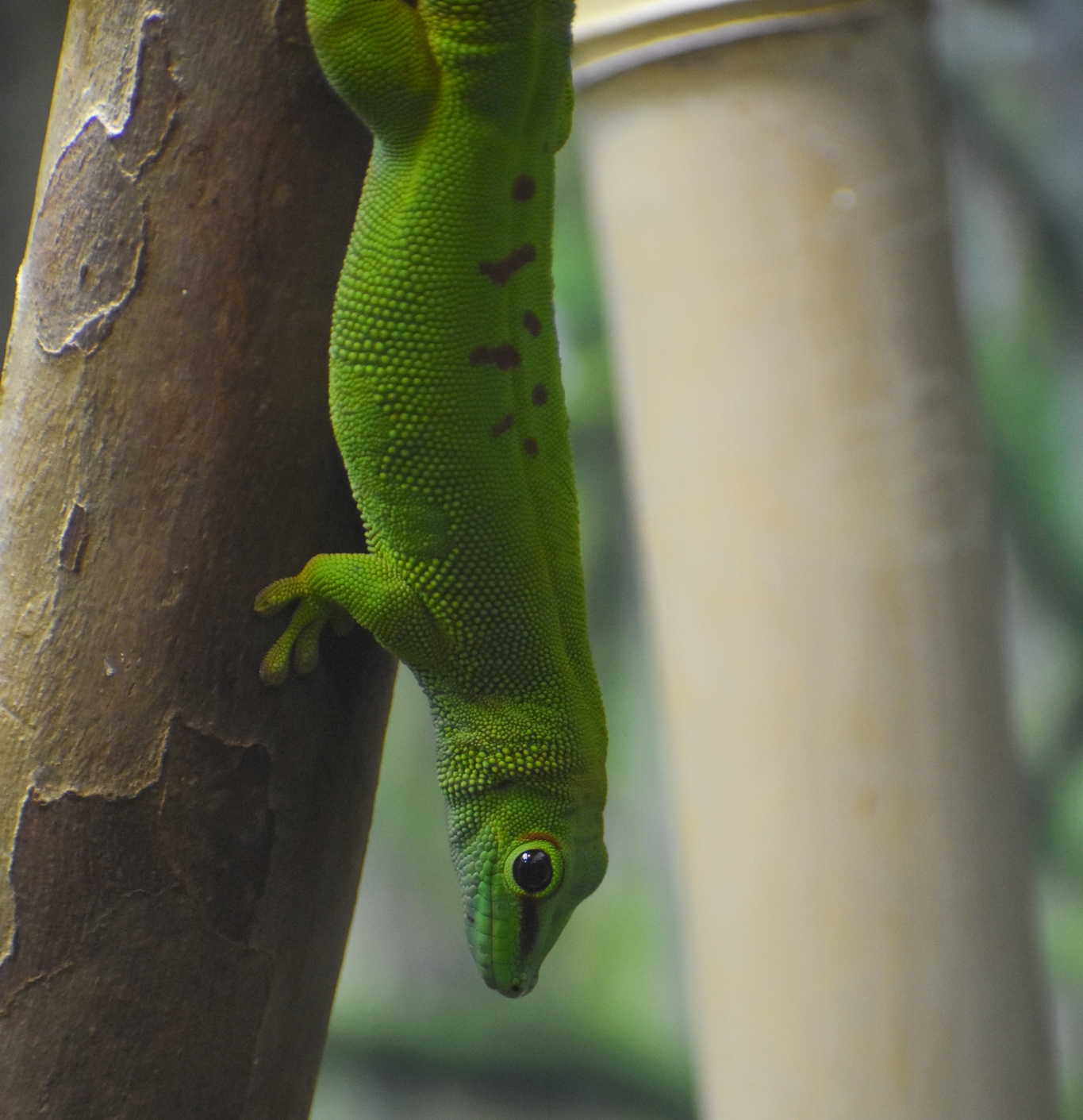– Significance of wearing green on St. Patrick’s Day
– History of St. Patrick and the association with wildlife conservation
– Symbolic animals related to St. Patrick’s Day and their conservation status
– Zoos and conservation programs inspired by Irish mythology and St. Patrick
– Engaging the public in wildlife conservation through festivities and educational outreach
St. Patrick’s Day, a cultural and religious celebration held on March 17th, has become a day when people worldwide don green attire and partake in festivities. This tradition of wearing green is associated with the lush landscapes of Ireland, often known as the “Emerald Isle,” and its deep connection with nature and wildlife. But beyond the parades and the color green, St. Patrick’s Day offers an opportunity to reflect on the rich natural heritage of Ireland and the extensive efforts in wildlife conservation and zoo management.
Going back to the origins, St. Patrick, the patron saint of Ireland, was credited with spreading Christianity throughout the country during the fifth century. One of the legends associated with his legacy includes the banishing of snakes from Ireland. While this tale is largely symbolic—referring to eradicating pagan practices rather than actual snakes—it connects to the conservation of reptiles and amphibians, often represented by the green color worn today.
Today, zoos worldwide play a pivotal role in the conservation of species—including those associated with Irish folklore, such as amphibians and reptiles. They manage captive breeding programs, support scientific research, and provide educational programs to the public. St. Patrick’s Day is an excellent chance for these institutions to showcase their work and engage visitors with the conservation of species symbolically linked to the holiday’s traditions.
Ireland and several countries worldwide are home to various species of amphibians and reptiles that face threats such as habitat loss, climate change, pollution, and invasive species. The conservation of these cold-blooded creatures is critical, as they play essential roles in their ecosystems as predators and prey and as indicators of environmental health. For instance, amphibians are particularly sensitive to environmental changes, making them crucial bioindicators. Their decline often signals broader ecological impacts that eventually affect other wildlife and human health.
On St. Patrick’s Day, zoos and conservation organizations can emphasize the importance of biodiversity and the interdependence of species within ecosystems. They can highlight Irish species, such as the native natterjack toad, whose habitats are protected and managed to ensure survival. Stories and mythological creatures like the shamrock, often seen as a symbol of the Holy Trinity and a representation of the natural world, can further reinforce the connection between cultural heritage and environmental stewardship.
Educational outreach on St. Patrick’s Day can revolve around these themes, connecting the green revelry with a deeper conservation message. Programs can include talks on local wildlife, workshops on creating wildlife-friendly gardens or community clean-ups, and interactive exhibits that simulate the natural habitats of native species. By linking these activities to the festive atmosphere of St. Patrick’s Day, zoos and conservationists can drive home the message that preserving our planet’s biodiversity is something to celebrate.
Additionally, engaging with the public on special occasions like Happy St. Patrick’s Day provides a unique opportunity for zoos to foster a sense of connection with the animal kingdom. They can employ storytelling and interactive experiences to highlight their successes in breeding programs, reintroductions, and community conservation initiatives. These success stories often feature charismatic species that can be ambassadors for their less popular or well-known counterparts.
In the modern context of environmental challenges, the communal spirit of St. Patrick’s Day can inspire collective action towards wildlife conservation and sustainable living. Encouraging the public to actively participate in conservation efforts, such as supporting habitat preservation, adopting sustainable practices, and reducing human-wildlife conflict, can be part of the festivities. Integrating conservation messages within the warm and convivial spirit of the holiday makes the call to action more resonant with audiences worldwide.
As people don their green outfits and celebrate St. Patrick’s Day, conservationists and wildlife enthusiasts can use this widely recognized cultural event to discuss and advocate for protecting our planet’s diverse forms of life. By weaving together the enjoyment of the holiday with conservation education, we can promote a more sustainable future for all species, ensuring the vibrancy of the natural world that is so intrinsically linked to the essence of this celebration.
*****
Source Description
Happy St. Patrick’s Day! 🍀
Don’t forget to wear green today! 🦎


